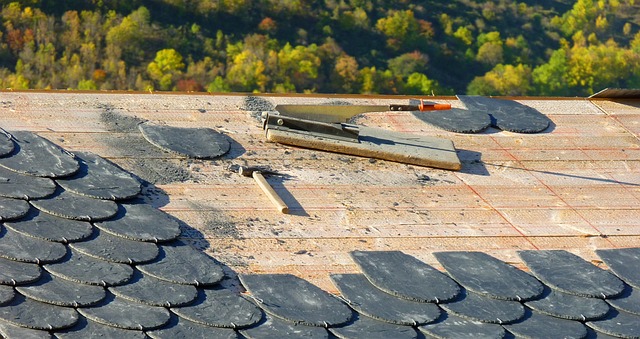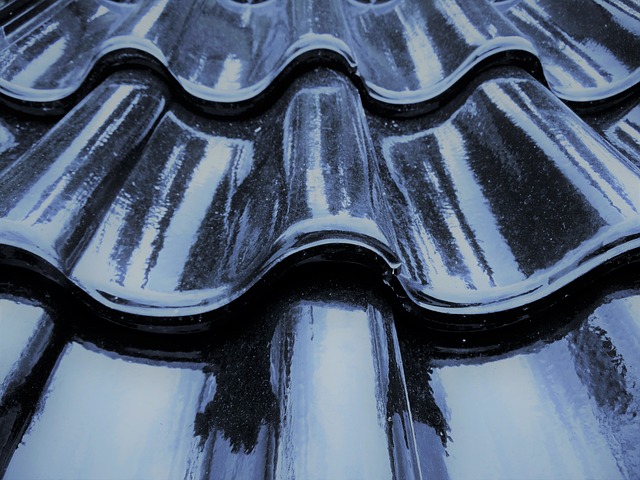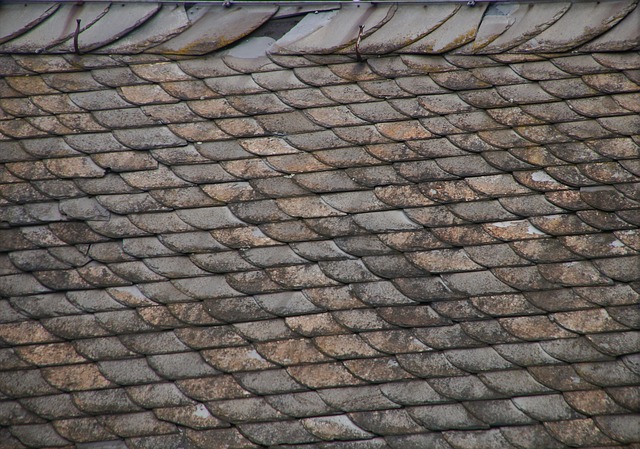Roofing systems rely on skilled roofers to install flashing, metal strips that prevent water from entering at key points like around chimneys and skylights. These roofers are adept at various types of flashing—step, counter, valley, and cap—ensuring they effectively redirect water away from seams where different roofing materials meet. Regular maintenance by professionals is crucial for detecting and fixing issues with flashing before leaks occur, preserving the weather resistance and longevity of a home's structure. Properly maintained flashing acts as a vital defense against weather damage, safeguarding both the building's integrity and its interior from water intrusion. Regular, expert inspections and timely repairs or replacements by roofers are key to this protection, effectively extending the lifespan of the roof and preventing expensive repairs down the line.
When it comes to safeguarding your home from water intrusion, the integrity of flashing around chimneys and skylights is paramount. This article delves into the nuances of maintaining these critical components of roofing systems, offering a comprehensive guide on when and how to address issues through repairs or replacements. From understanding the purpose of flashing to recognizing common problems, our expert roofer insights will equip you with the knowledge to make informed decisions. We’ll explore the step-by-step repair and replacement processes, examine cost considerations, and provide preventative maintenance tips to minimize future issues. Additionally, we’ll discuss the environmental impact of flashing maintenance from an eco-conscious perspective and ensure that safety standards are met during these essential repairs or replacements. Whether you’re a homeowner or in the trade, this article serves as a valuable resource on maintaining the watertight seal of your roof, ensuring the longevity and integrity of your home structure.
Understanding Flashing in Roofing Systems

When addressing leaks and water intrusion in roofing systems, understanding flashing is paramount for maintaining a weather-resistant barrier around critical points such as chimneys and skylights. Flashing, a term often associated with the meticulous craft of rooftop maintenance by skilled roofer professionals, refers to the metal pieces used to prevent water from penetrating the seams where different roofing materials meet, such as where a chimney emerges from the roofline or where a skylight is installed. These thin, bendable sheets of metal are crucial for redirecting water flow away from vulnerable areas. There are several types of flashing, including step, counter, valley, and cap flashing, each designed to address different roof configurations and protect against leaks. A roofer’s expertise is essential when installing or repairing flashing because it requires precise cutting, bending, and sealing to ensure a watertight seal. Regular inspections by a professional roofer can identify potential issues before they lead to significant damage, ensuring the longevity and integrity of the roofing system. Properly installed flashing acts as an armor for your home’s structural defenses against the elements, safeguarding the sanctity of the living space above.
The Role of Roofers in Flashing Repairs and Replacements

When it comes to safeguarding a building from water intrusion, especially around areas as vulnerable as chimneys and skylights, the expertise of professional roofers plays a pivotal role. Flashing—the metal strips or materials that direct water away from joints in a roof—is critical for maintaining structural integrity and preventing leaks. Roofers specialize in this aspect of roof maintenance, meticulously assessing the condition of existing flashing to determine whether repairs or replacements are necessary. Their proficiency lies not only in identifying potential weak points but also in selecting the appropriate materials and techniques to ensure a watertight seal.
The process begins with a thorough inspection by skilled roofers, who utilize their keen eye for detail to pinpoint any compromised areas of flashing. They evaluate factors such as material degradation, improper installation, or wear over time that could lead to leaks. Once identified, roofers have the expertise to either repair the existing flashing by reinforcing it with additional materials or replace it entirely with new, high-quality flashing that is properly installed to prevent future issues. This proactive approach not only extends the lifespan of a roof but also protects the interior of the building from costly water damage. Roofers’ knowledge and hands-on skills are indispensable in executing these repairs with precision, ensuring that each flashing system is optimized to effectively channel water away from sensitive areas.
When addressing chimney and skylight leaks, a roofer’s expertise is pivotal in determining whether to repair or replace the flashing. This understanding of flashing within roofing systems illuminates its critical function as a barrier against water intrusion. Homeowners must rely on skilled roofers to navigate this aspect of home maintenance effectively. By carefully assessing each situation, roofers ensure the longevity and integrity of a building’s structure. The decision between repair and replacement is not taken lightly; it is based on a thorough evaluation of the flashing’s condition, the materials involved, and the potential for future leaks. With this informed approach, homeowners can trust their roofers to provide durable solutions that protect their homes from water damage.



